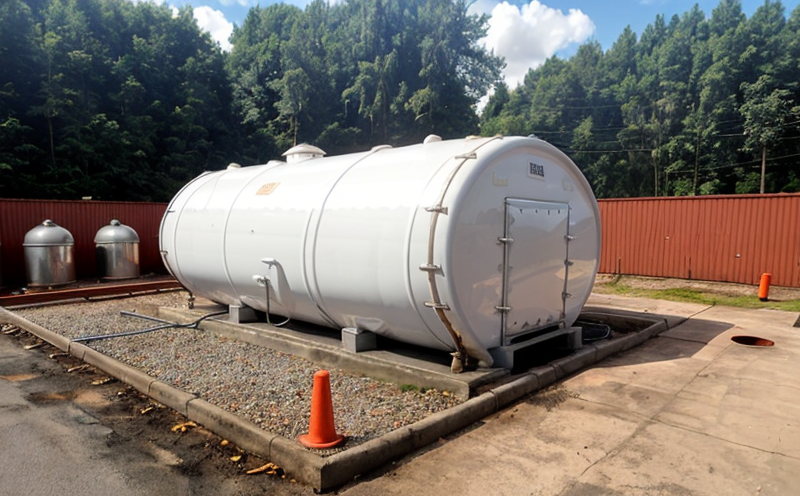LPG storage tank inspection
The inspection of Liquefied Petroleum Gas (LPG) storage tanks is a critical process in ensuring safety and compliance with industry standards. LPG, primarily composed of propane or butane, is widely used for residential heating, commercial cooking, and industrial applications. Given its flammable nature, any breach in the integrity of an LPG storage tank can lead to severe consequences, including fires, explosions, and environmental hazards.
Pressure vessels and storage tanks are designed with specific standards that dictate their structural integrity, material composition, and operational parameters. The inspection process focuses on identifying potential defects or anomalies that could compromise the vessel's safety. This includes cracks, corrosion, erosion, and any other signs of degradation.
The primary goal is to ensure the LPG storage tank meets international standards such as ISO 17495-2 (which specifies requirements for pressure vessels) and EN 13445:2011 (European standard for pressure vessels). These standards provide a framework that ensures safety, reliability, and durability of the equipment.
The inspection process typically involves non-destructive testing methods such as ultrasonic testing, radiography, and liquid penetrant inspections. Ultrasonic testing uses high-frequency sound waves to detect internal defects. Radiography provides detailed images of the inside of the tank using X-rays or gamma rays. Liquid penetrant testing helps identify surface-breaking flaws by applying a dye that seeps into cracks.
During the inspection process, the integrity of the tank is evaluated based on several criteria including wall thickness, weld quality, and overall structural soundness. Any discrepancies from these standards are meticulously recorded and reported to ensure compliance with regulatory requirements.
The importance of LPG storage tank inspections cannot be overstated, especially in sectors such as oil and gas, petrochemicals, and manufacturing where safety is paramount. Failure to adhere to proper inspection protocols can lead to catastrophic failures that affect not only the facility but also neighboring areas.
Benefits
- Enhanced Safety: Regular inspections prevent potential leaks and explosions, ensuring a safer work environment.
- Compliance with Regulations: Adherence to international standards ensures that the storage tanks meet legal requirements, avoiding costly fines and penalties.
- Economic Savings: Early detection of defects through inspections can save significant costs by preventing major repairs or replacements.
- Extended Lifespan: Regular maintenance and inspection help prolong the useful life of the LPG storage tank, reducing downtime and operational disruptions.
Why Choose This Test
- Expertise and Experience: Our team comprises highly skilled professionals with extensive experience in pressure vessel inspections, ensuring accurate and reliable results.
- State-of-the-Art Equipment: We utilize advanced technology and equipment to conduct thorough inspections, providing precise data and detailed reports.
- Comprehensive Reporting: Our comprehensive inspection reports include all findings, recommendations for corrective actions, and compliance with international standards.
- Regulatory Compliance: Our services ensure that your LPG storage tanks meet the stringent requirements set by local and international regulations.
International Acceptance and Recognition
The inspection of LPG storage tanks is recognized globally for its importance in ensuring safety and compliance. International standards such as ISO 17495-2, EN 13445:2011, ASME Section VIII Division II (for US markets), and others are widely accepted across various industries.
These standards provide a universal framework that ensures the integrity of pressure vessels is maintained. By adhering to these standards, you can rest assured that your LPG storage tanks meet the highest safety and quality benchmarks recognized worldwide.
The acceptance of these standards in countries like the United States, Europe, Asia, and beyond underscores their importance in ensuring consistent and safe practices across different regions. Whether for export or internal use, compliance with international standards ensures that your facilities are up to date with the latest safety protocols.





